Intramuros, mostly known to many as a tourist spot for a walk and museum tour. Built on 1571 during the Spanish occupation, Intramuros comprises a centuries-old historic district, entirely surrounded by fortifications, that was considered at the time of the Spanish to be the entire City of Manila. Other towns and arrabales (suburbs) located beyond the walls that are now districts of Manila were referred to as extramuros, Spanish for “outside the walls”, and were independent towns that were only incorporated into the city of Manila during the early 20th century.
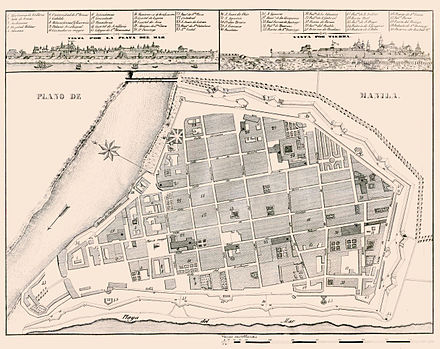

Intramuros served as the seat of government of the Captaincy General of the Philippines, a component realm of the Spanish, housing the colony’s governor-general from its founding in 1571 until 1865, and the Real Audiencia of Manila until the end of Spanish rule during the Philippine Revolution of 1898. The walled city was also considered the religious and educational center of the Spanish East Indies. Intramuros was also an economic center as the Asian hub of the Manila Galleon Trade, carrying goods to and from Acapulco in what is now Mexico.
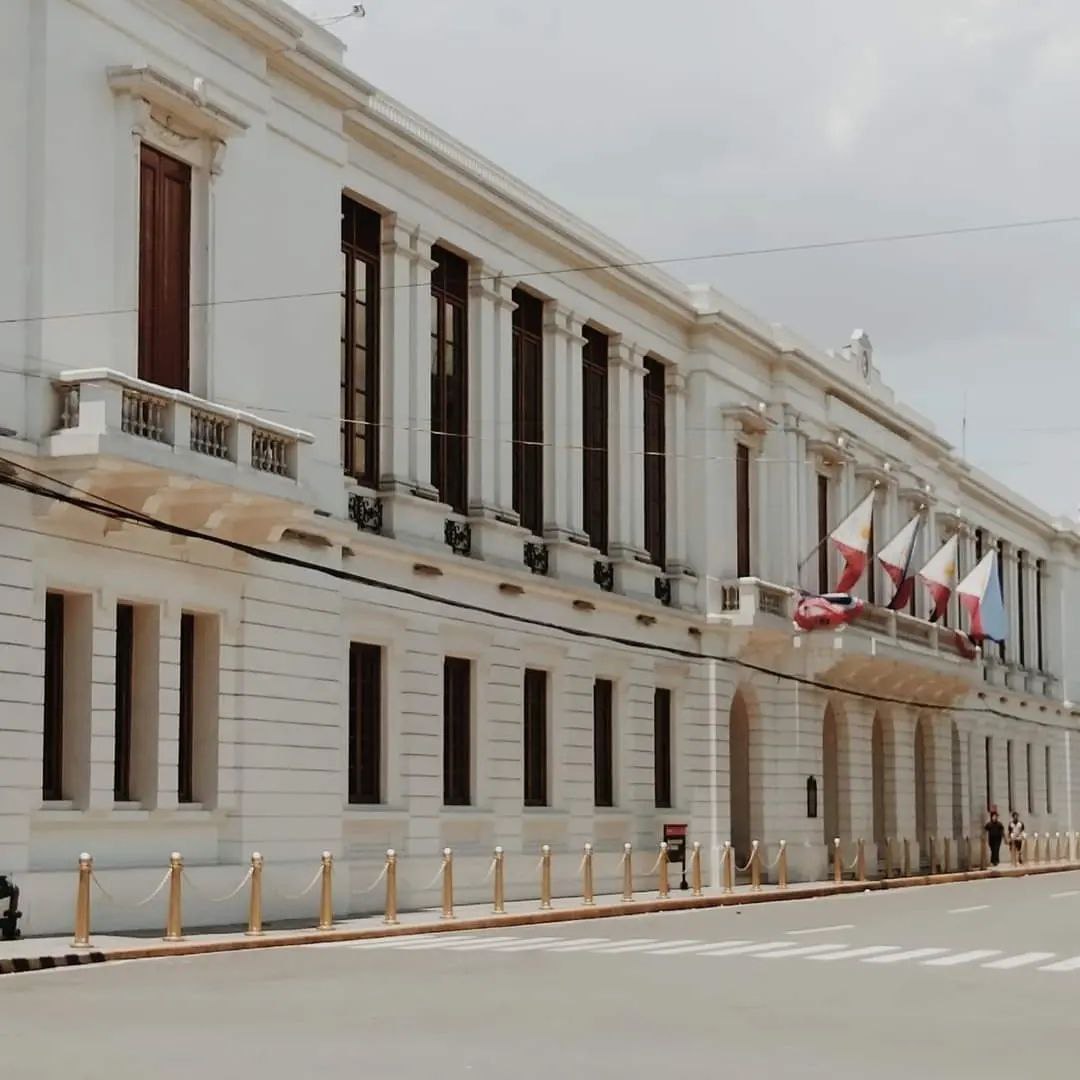
Intramuros now is a place to reminisce the past as the historical churches and barracks used during Spanish and American occupation was still there, some may be a replica or was rebuilt after the World War II. Inside Intramuros, there are remarkable churches that witnessed the rise and downfall of Manila. Manila Cathedral and San Agustin Church can also be found inside, including Fort Santiago.

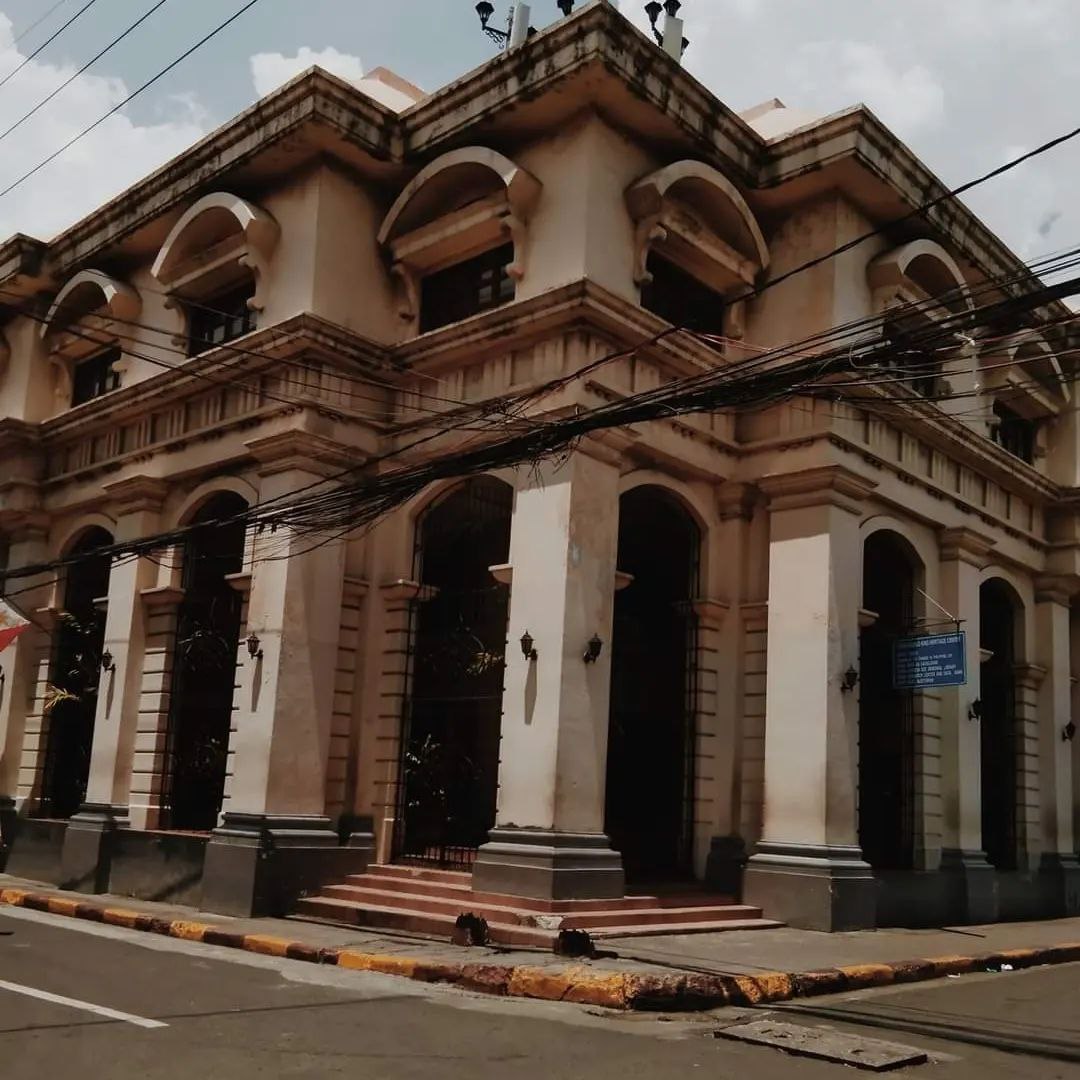
Walking to Intramuros and seeing the current state of some of the old buildings, it is sadden to think that in the near future all of this will be demolished. The place has the nostalgia feeling, but the electric wires and the sidewalks makes you realize that you’re still in the present time.

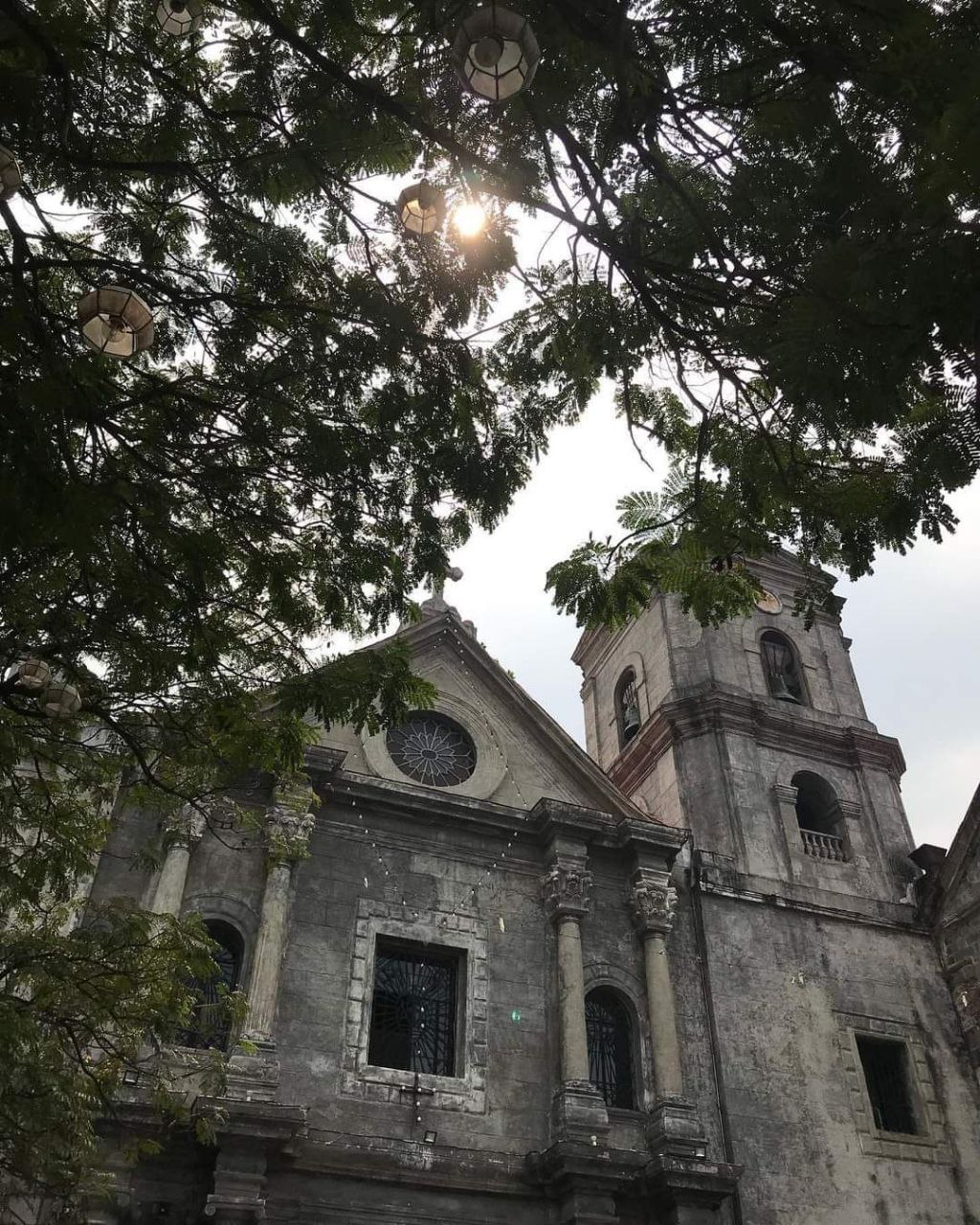
Two of the oldest churches in the Philippines were Manila Cathedral and San Agustin Church. Both has been damage and was rebuilt many times due to earthquakes and bombing during Japanese occupation. Inside Manila Cathedral was the tomb of the famous archbishops and cardinals who lead the Catholic religion, while San Agustin has the tomb of the famous and rich people during 1900s where they believed that being lay near the altar was an assurance you will go to heaven. Also, San Agustin Church has its own museum inside, where it keeps all the religious relics, church displays and paintings of the old Manila.
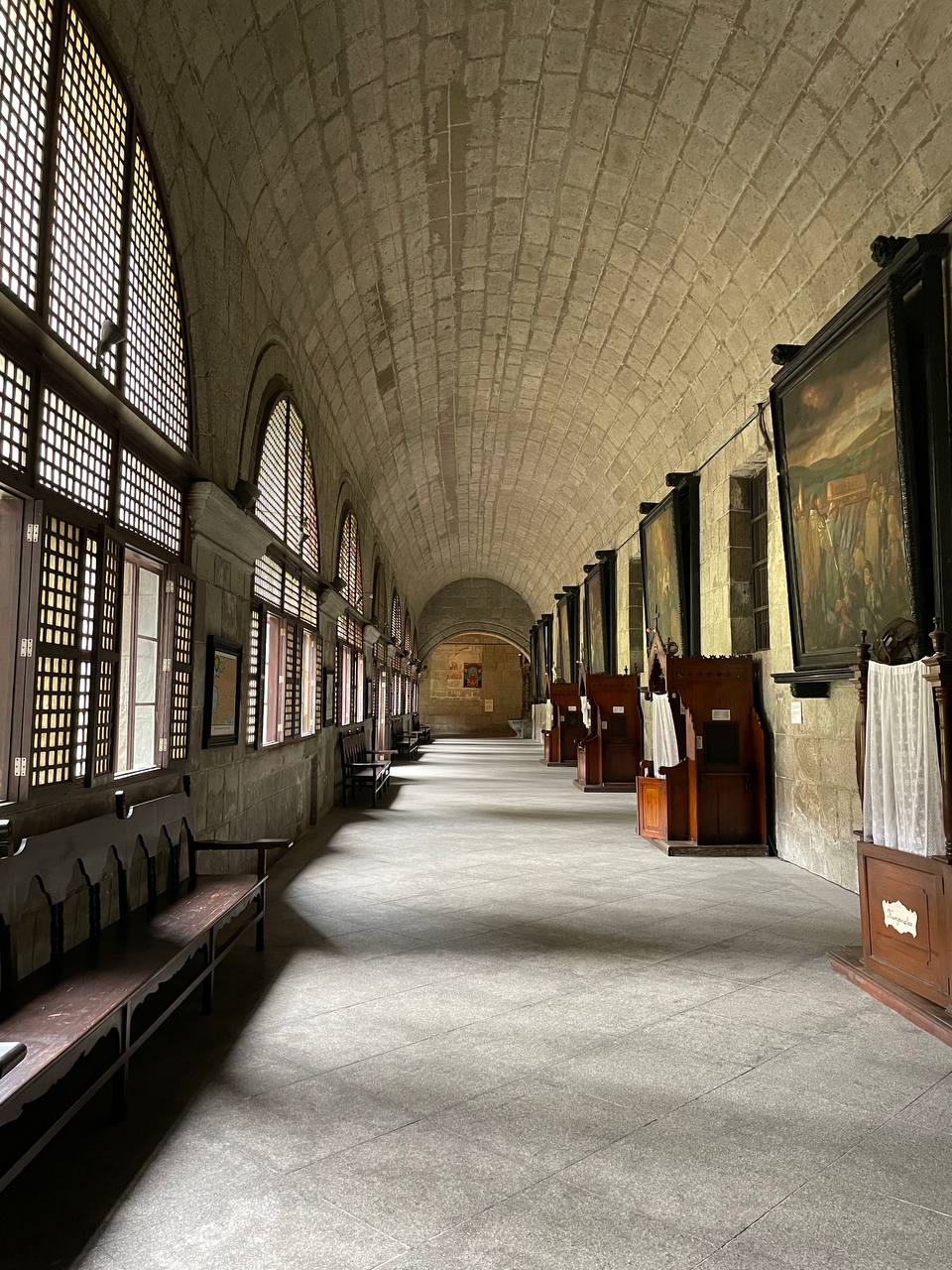
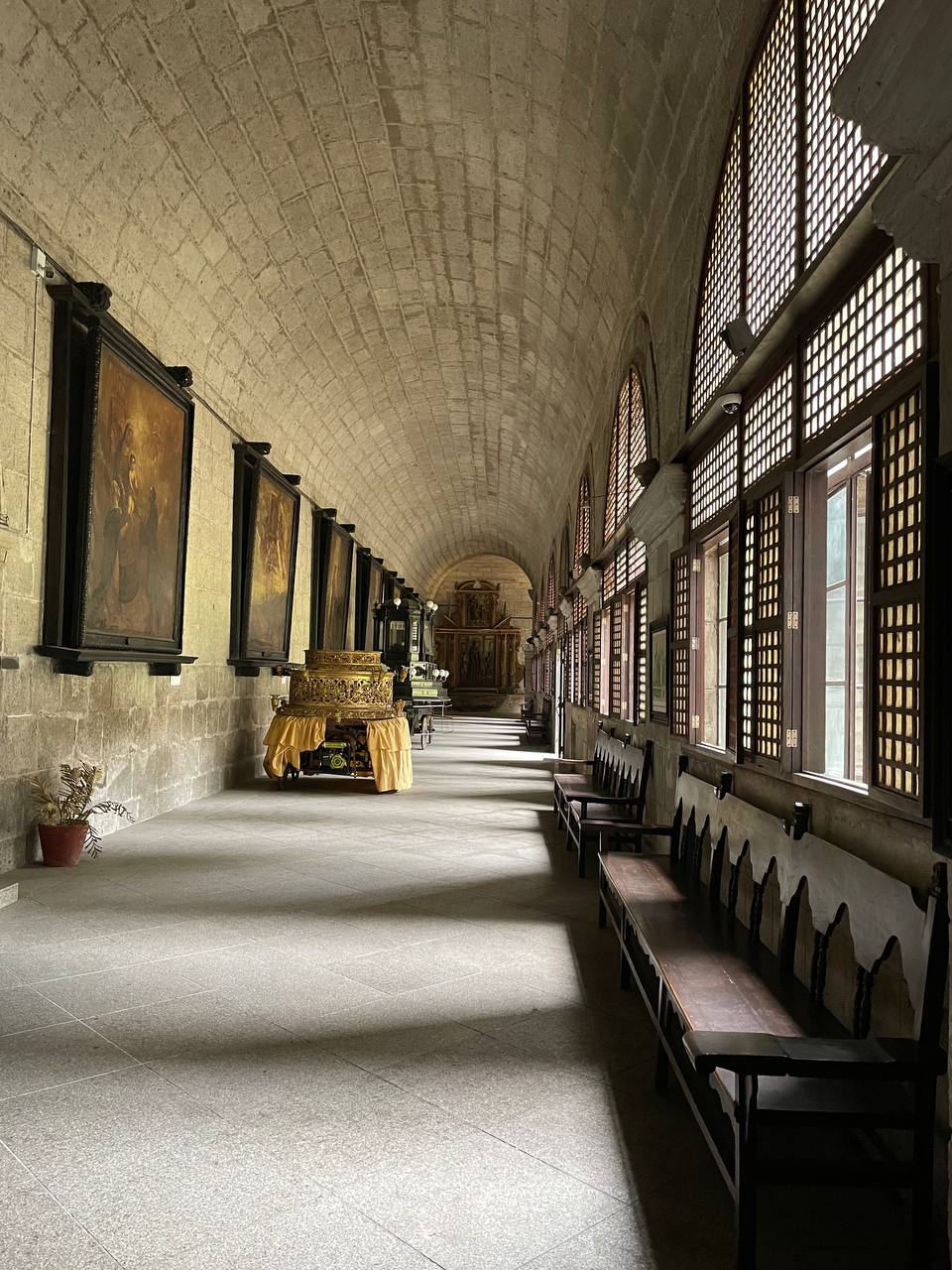
Another tourist spot inside Intramuros is The Casa Manila also known as “Manila House” is a living museum that features the lifestyle of an affluent Filipino family during the late Spanish colonial period. The façade of Casa Manila was patterned after a house that once stood at Jaboneros Street in the Chinese district of Binondo in the 1850’s.
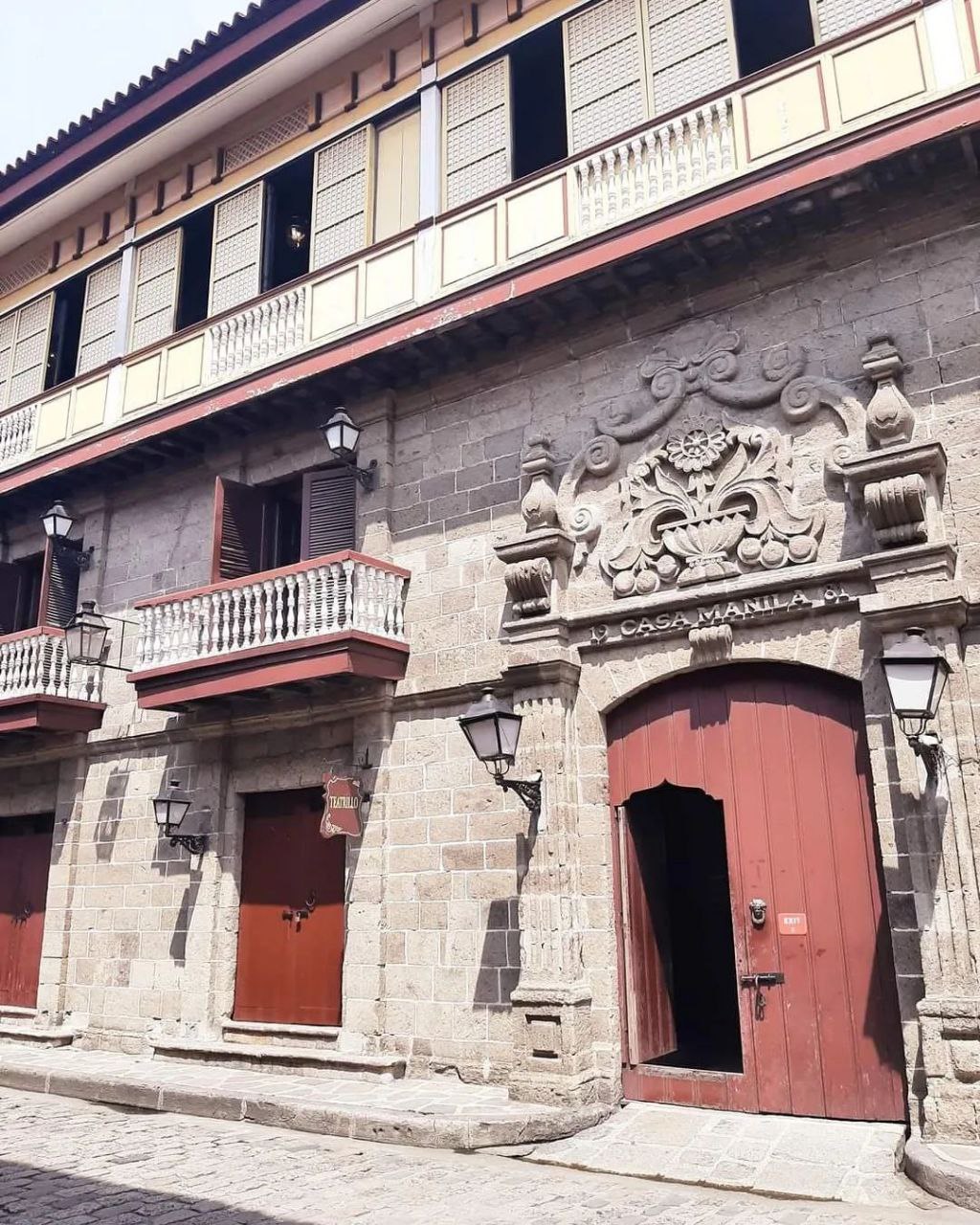

Another fave is the Fort Santiago, which is across Manila Cathedral. Fort Santiago is one of the oldest fortifications in Manila built by the Spaniards in 1571 from what was once a palisaded structure of logs and earth built by Rajah Soliman on the native settlement called Maynila. Our National Hero was once jailed inside it on 1896 before he died on Bagumbayan (now Rizal Park).
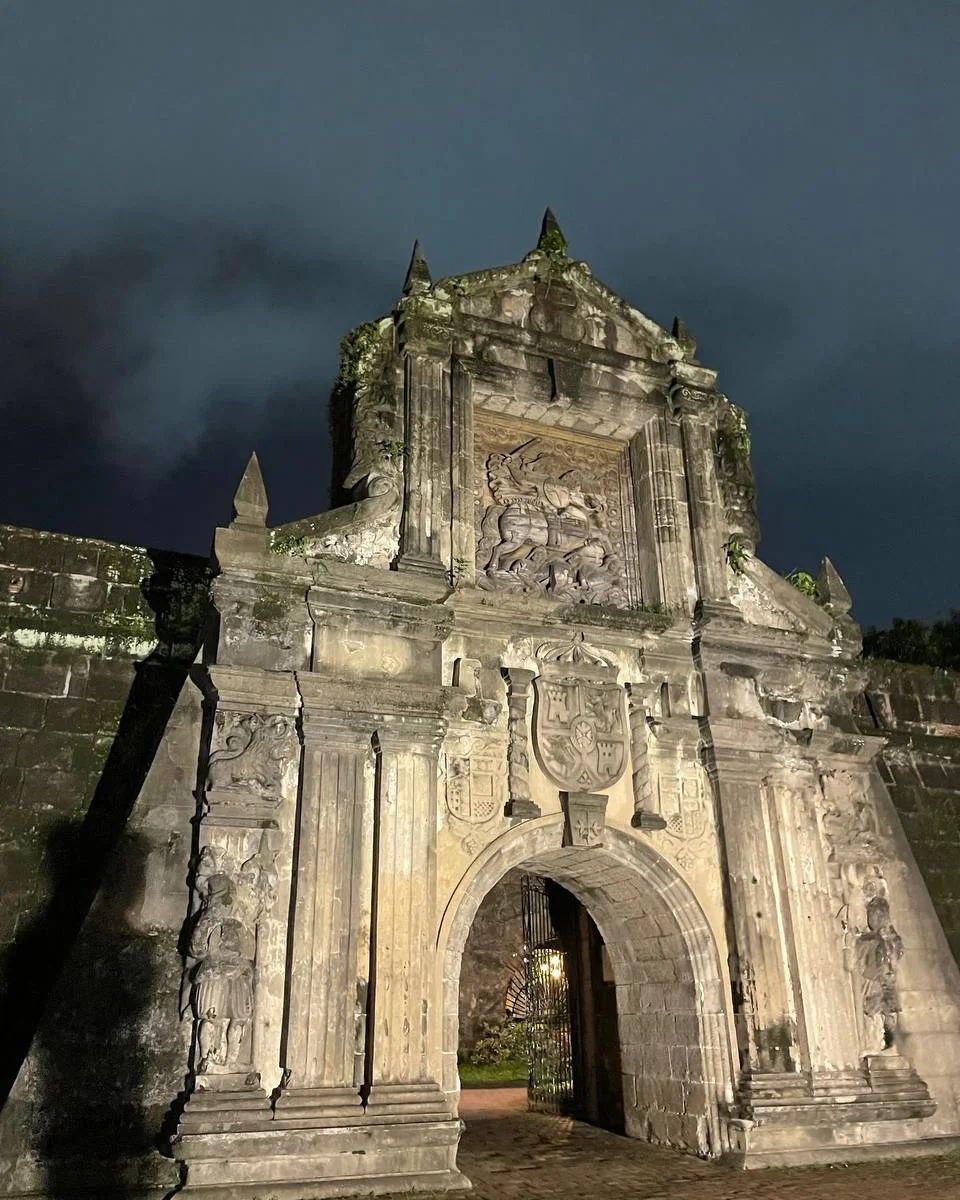

Inside Fort Santiago is the the famous Dungeon, where mostly 600 dead body of prisoners were found after World War II. The place were full of haunting stories such a torture and killing. A white cross stands outside above a mass grave to remind everyone of the brave and nameless heroes who died fighting for our country.


Intramuros is currently being handled and maintained by Intramuros Administration. In 1951, the old walled city was declared a historical monument and Fort Santiago, a national shrine. You can ride a Kalesa (a mode transportation during Spanish time) and have a tour of all these historical spot during day and night from 8:00AM until 10:00PM. Mostly museums are closed every Monday, so plan your tour ahead of time.
Lastly, please remember that Intramuros is not the usual tourist spot. This is a place where many death has happened during Spanish, American and Japanese invasion, let us give respect to each and every spot we will visit, don’t forget to leave a prayer for the souls of our ancestors who once lived and died inside the walled city.







